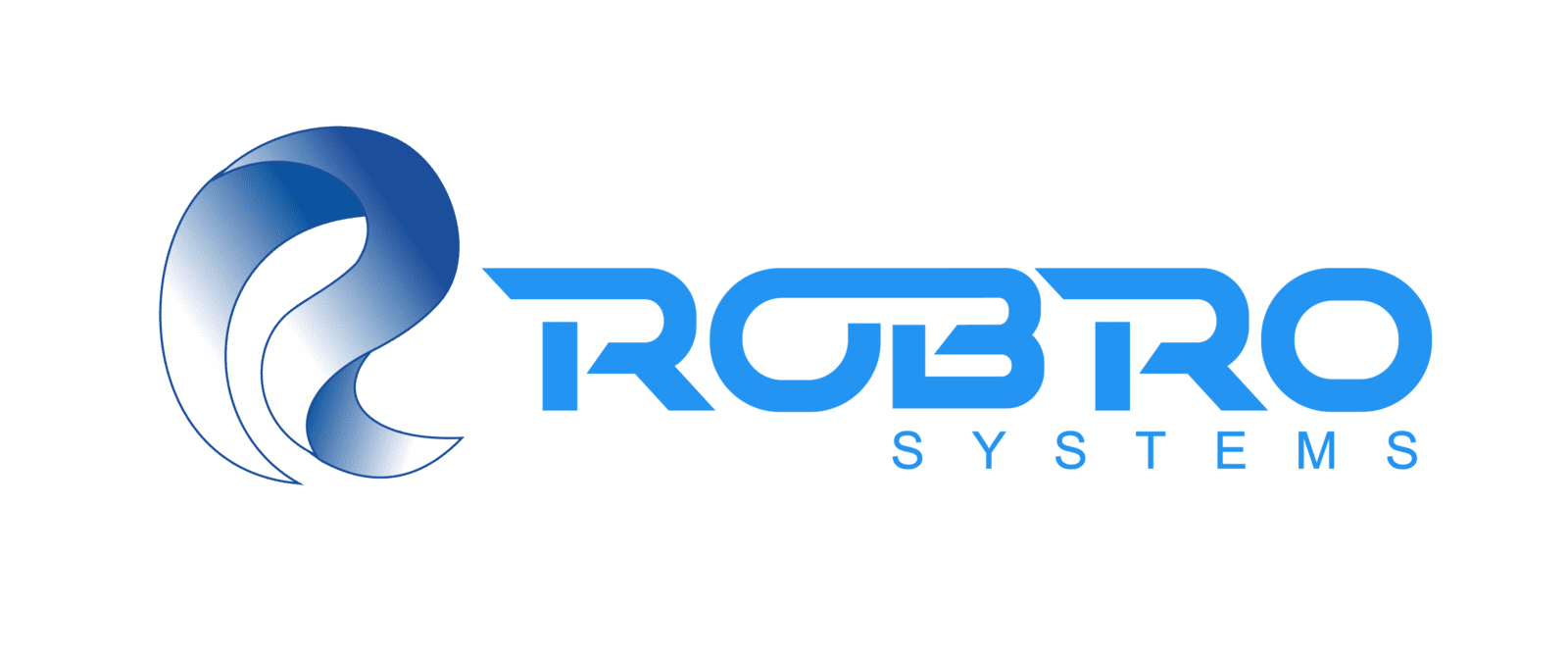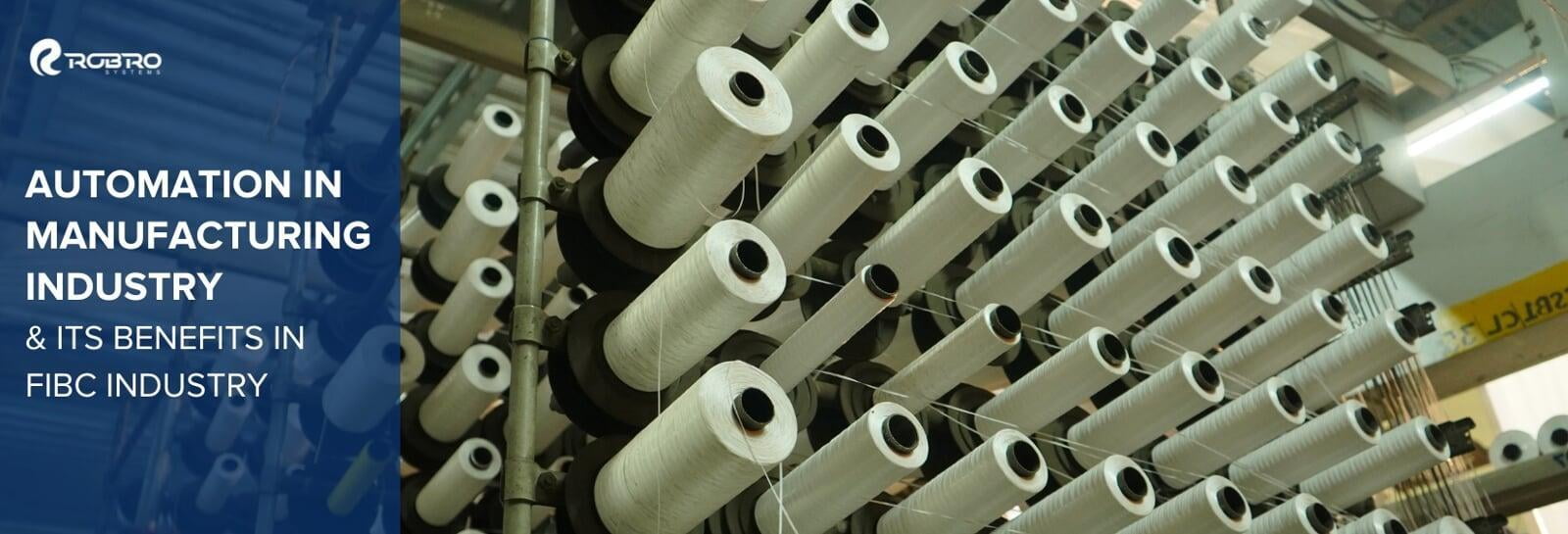
Automation has played a significant role in the manufacturing industry for decades, but recent advances in technology have led to even greater automation capabilities. Before understanding the benefits of automation in FIBC industry, let’s discuss more on automation in manufacturing industry. Automation can improve efficiency, increase productivity, and reduce costs in manufacturing. It can also lead to improved product quality and consistency, as well as increased safety for workers.
There are many different types of automation that are used in the manufacturing industry, including:
Process Automation
Robotics are used in manufacturing to automate repetitive and physically demanding tasks, such as welding and assembly. Process automation improves precision, speed, and efficiency in manufacturing processes and can also be used to handle hazardous materials.
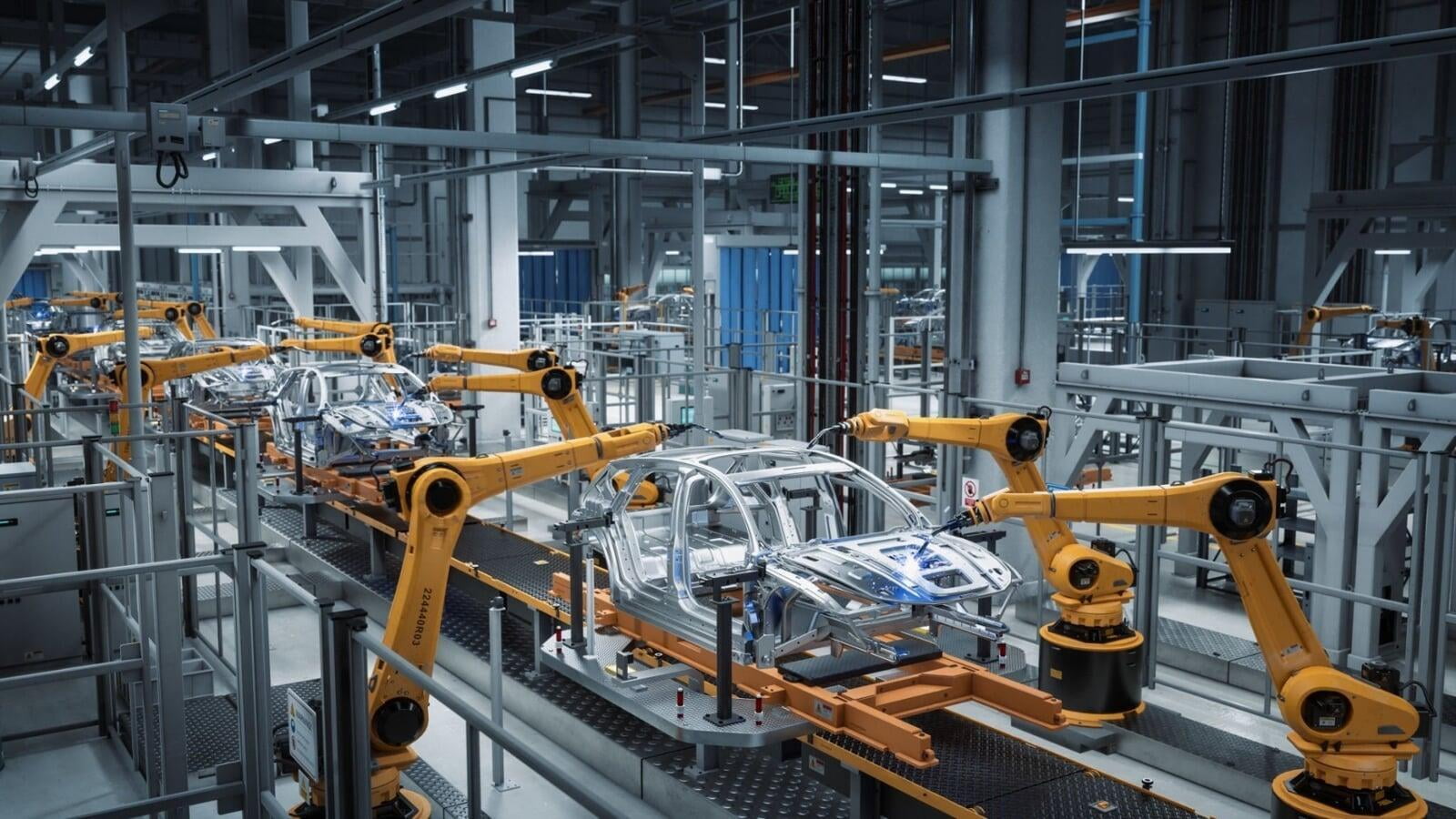
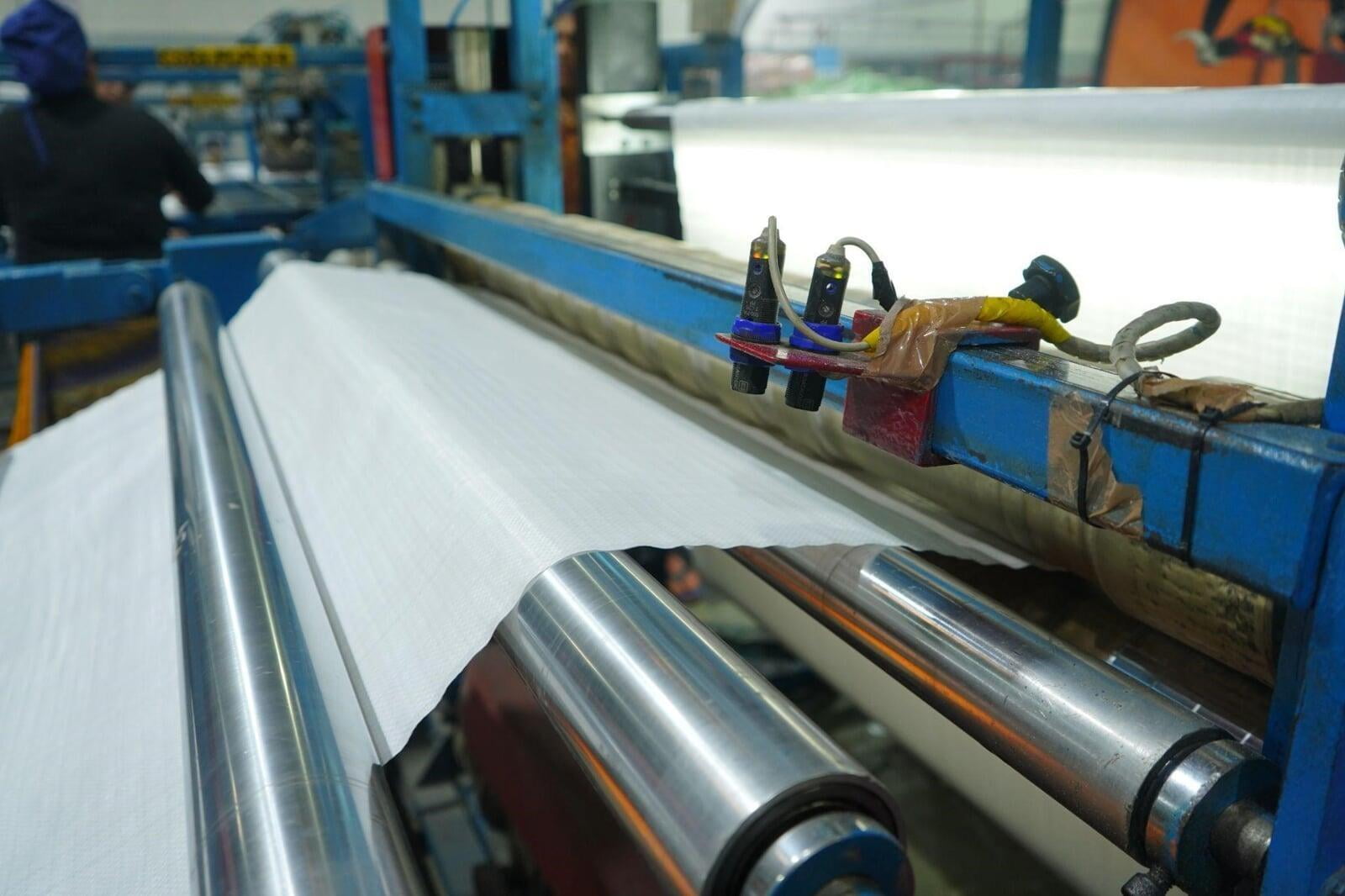
Automatic inspection and quality control
Combining AI with machine vision ensures faster performance and accurate inspection on the existing production line.
Automatic packaging
Automation in packaging saves lots of time on the assembly line. It is especially helpful in packaging the products of homogeneous nature like pharmaceuticals, candies, matchsticks, etc
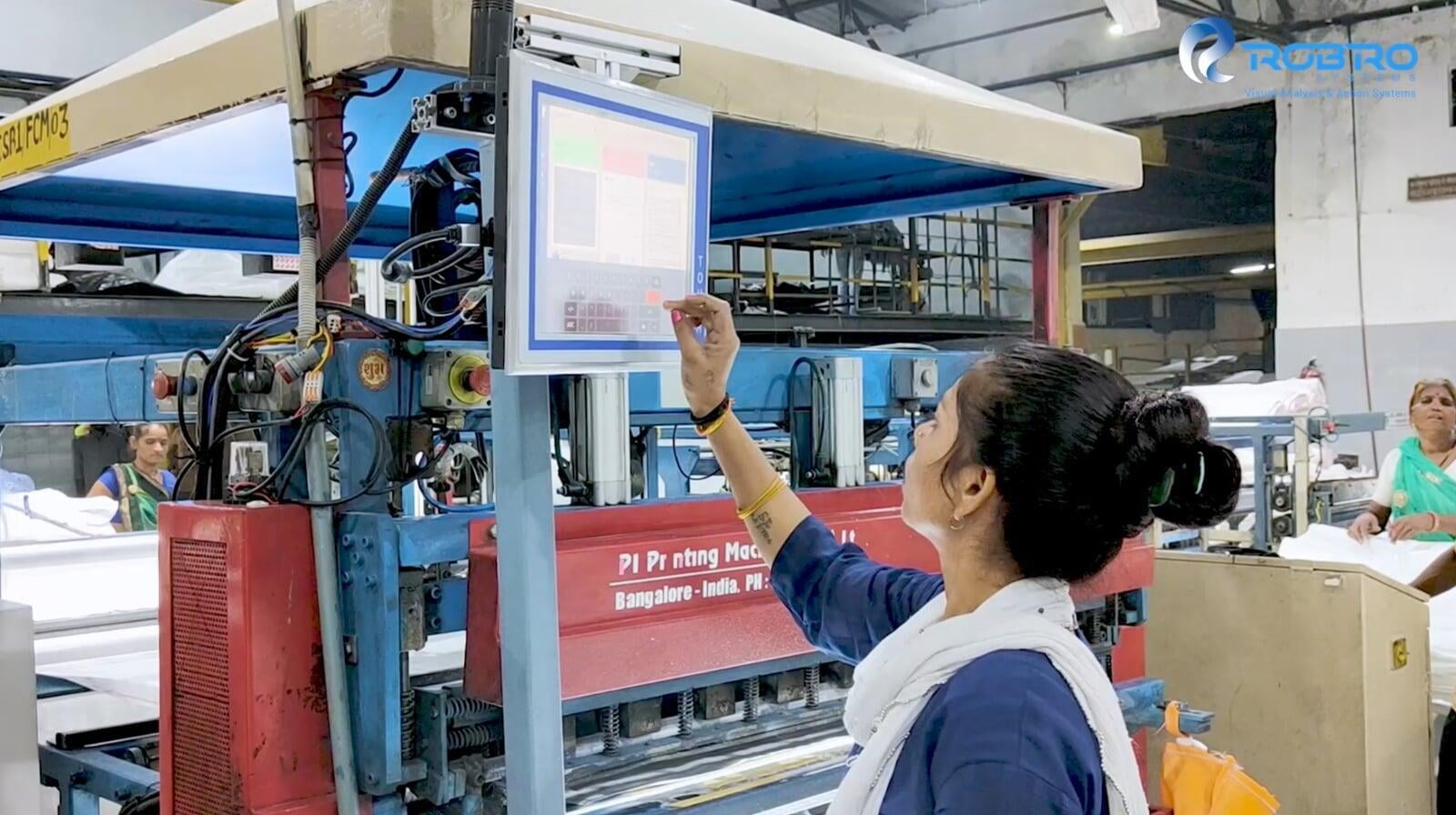

Assembly Line Automation
Safety of workers is also crucial for the continuity of assembly line processes. Automation of certain activities that includes handling of heavy machineries often impose threat to workers’ lives. The combination of several systems also reduces the downtime of the work.
- Process monitoring: To improve automation in manufacturing, artificial intelligence and machine learning are being used effectively. These technologies can be used to optimize manufacturing processes, remote monitoring of processes, remote troubleshooting, SCADA systems, parameter settings, etc.
- Predictive maintenance: Predictive maintenance, with the help of AI, uses data and technology to predict when equipment is likely to fail and schedule maintenance activities accordingly. This helps to avoid unplanned downtime and minimize the costs associated with equipment failures.
Automation also plays an important role in Industry 4.0, which is the current trend of automation and data exchange in manufacturing technologies. With advancements in IoT and digitalization, Industry 4.0 aims to create a smart and connected factory where machines, devices, sensors, and people are connected to a cyber-physical system.
Benefits of Automation in Manufacturing Industry
- The most significant benefit of automation in manufacturing is the ability to increase efficiency and productivity. Automated systems can work continuously and can operate at faster speeds than human workers. This leads to increased output and reduced labour costs.
- Automation also can help reduce human error, which leads to improved product quality and consistency.
- Another benefit of automation in manufacturing is improved safety for workers. Automated systems can perform tasks that would be dangerous for humans, such as handling hazardous materials or working in extreme temperatures. By reducing the need for human workers in certain areas, manufacturers can create a safer working environment.
- It can increase efficiency, productivity, and product quality, while also reducing wastage to a great extent. As technology continues to advance, it is likely that we will see even greater automation capabilities in the future.
Challenges of Automation
In addition to the benefits, there are also some challenges and drawbacks to automation in manufacturing.
- One of the main challenges is the cost of implementing automation systems. Automation systems can be expensive to purchase and maintain, and there may be additional costs associated with retraining workers or modifying production processes. But it is worth it in the long run.
- The implementation of automation systems requires a high level of technical expertise. Manufacturers must have skilled personnel who can design, install, and maintain these systems. A shortage of qualified personnel can pose a significant challenge for manufacturers, particularly in regions with a skills gap in the workforce.
- The integration of different automated systems can be a challenge. For example, if a manufacturer has multiple automated systems from different vendors, integrating them can be difficult. This can lead to compatibility issues, downtime, and reduced efficiency.
- Automation systems are designed to perform specific tasks, and they may not be easily adaptable to changes in product design, production volumes, or market demands. This lack of flexibility can limit the ability of manufacturers to respond to changing market conditions and customer demands.
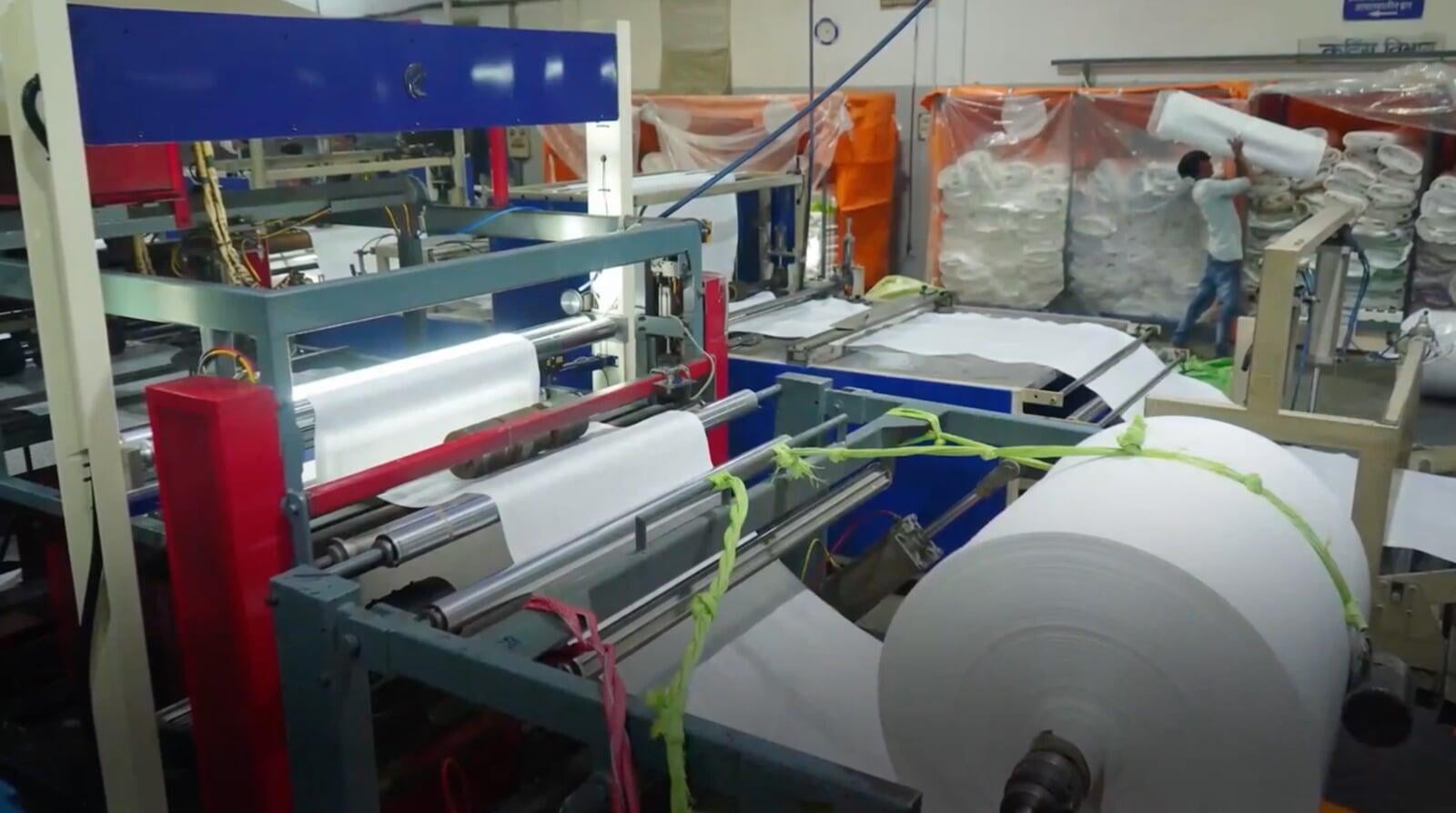
Implementation of Automation in manufacturing:
Automation systems are often customized to fit a specific production line and product which requires investment in design, development, and implementation. However, this investment can bring significant benefits in the long run such as increased efficiency, reduced productions, etc.
Despite challenges, automation in manufacturing has the potential to bring significant benefits. However, it is important for manufacturers to consider the costs and potential impact on the workforce when implementing automation systems.
It is also important to mention that this kind of automation must be used together with a human-centered approach, improving the collaboration and skills of the operators to achieve the best outcome. Automation is not a replacement but a powerful tool to enhance human potential.
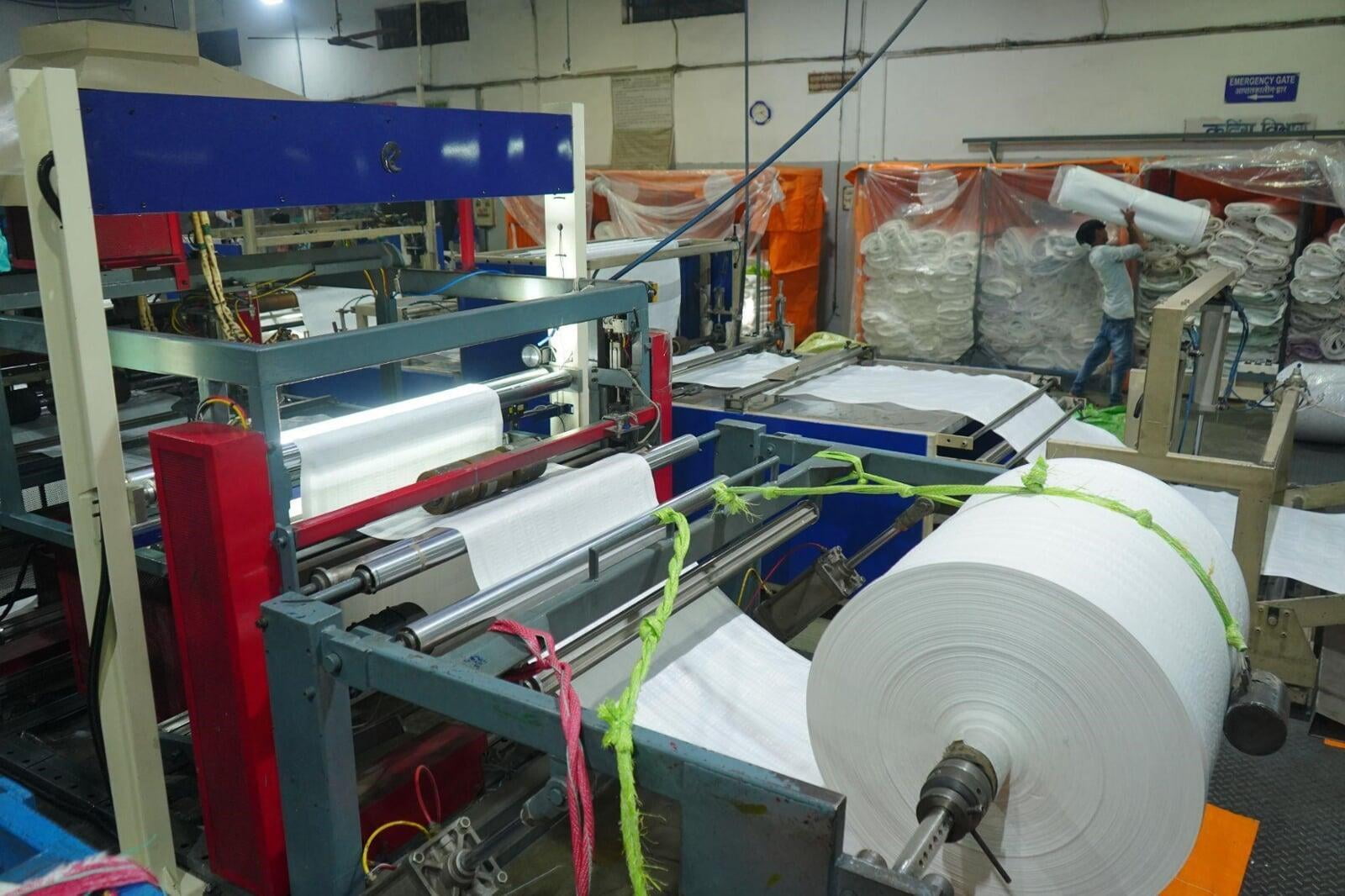
FIBC industry automation and its benefits
Automation has various benefits in the manufacturing industries that we have discussed above. If we talk about the FIBC industry, in recent years, it has witnessed many developments related to automation for increasing efficiency and reducing wastage.
A few benefits are listed below -
- Efficiency: Automation in the FIBC (Flexible Intermediate Bulk Container) industry can greatly increase the efficiency of manufacturing processes by detecting the defects at a much faster rate compared to manual inspection.
- Quality: The specialized cameras with best illumination techniques detect even the smallest issues in the product.
- Reduced Costs: Automation reduces the process of rework and rejection. With high quality image mapping even the slightest defects are easily detected, that improves the efficiency of the overall batch.
- Increased Safety: Automation can reduce the risk of accidents and injuries in the workplace, as machines and robots can perform tasks that would be dangerous for humans to do manually.
- Improved Consistency: In automatic inspection the process is controlled by algorithms and cameras, which can eliminate human error and provide consistent results.
- Greater Flexibility: Automation solutions could be designed to integrate with existing machines this helps to minimize initial investments, Automation control systems could also be designed flexible enough to accommodate changes in production processes and equipment, this can include the ability to add or remove control modules, adjust control algorithms, and update software as needed.
- Increased Accuracy: Automatic inspection can be highly accurate if the algorithms, cameras, quality of the data to train the system, etc., are designed and implemented correctly, On the other hand, manual inspection is subject to human error and interpretation, leading to lower accuracy.
- Increased Scalability: Automation can help manufacturers scale up production to meet demand without the need for additional labor
- Better data collection: Automatic systems generate tremendous data that helps to make better decisions. Identify process bottlenecks and improvements, keep track of production and downtime, waste generated on production lines, to allocate resource effectively.
- Better utilization of resources: Automation allows for precise use of materials and helps reduces unnecessary wastage during the manufacturing process, helping to improve efficiency and reduce costs.
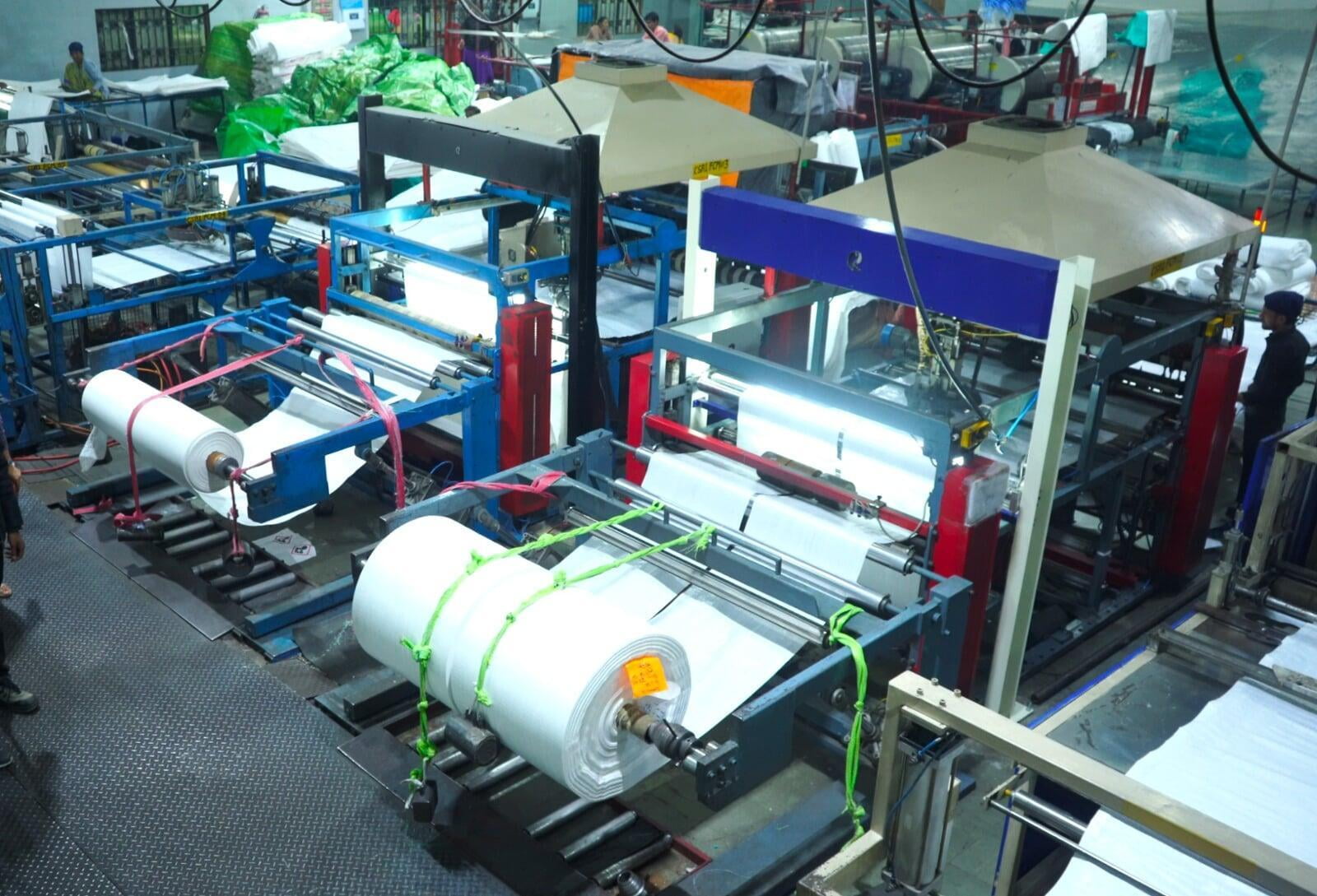
In conclusion, automation in the FIBC industry can bring a lot of benefits to the manufacturing process, from improved efficiency and quality control to increased safety and cost savings. As technology continues to evolve, it is likely that automation will play an even greater role in the industry in the future.

